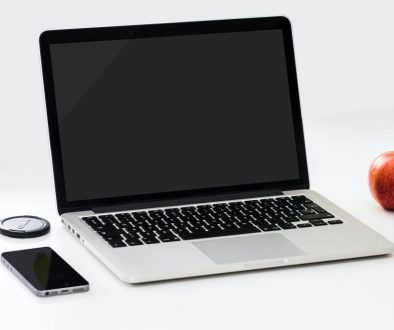The Personal Computer: A Catalyst for Innovation and Productivity
Individuals prepare for careers in the field of information technology through the acquisition of certifications, the pursuit of formal education, and the accumulation of experience through internships and employment. Within the confines of this module, you will delve into the various constituents that constitute a personal computer (PC), commencing with the chassis housing all internal components. Computers, as well as their components and peripherals, harbor potential dangers that could lead to severe injuries. Thus, this module kicks off with safety protocols that must be adhered to diligently to mitigate the risk of electrical fires, injuries, and even fatalities while conducting work within a computer. Additionally, you will gain insights into Electrostatic Discharge (ESD) and its capacity to inflict damage upon computer equipment if not properly discharged.
What is a Computer?

A computer stands as an electronic apparatus designed for the processing, storing, and manipulation of data, thereby enabling an array of tasks and functions. It represents a versatile machine proficient in executing a wide spectrum of operations, spanning from basic calculations to intricate data analysis. Computers comprise both hardware and software elements, operating synergistically to facilitate these functionalities.
User Input Devices
These are hardware components intended for the entry of data, commands, and instructions into the computer, serving as the conduit for human-computer communication. Common input mechanisms encompass

- Keyboard: This prevalent input device permits users to enter textual content, numeric values, and commands through key presses.
- Mouse: Functioning as a cursor control device, the mouse empowers users to manipulate the on-screen cursor, facilitating interaction with graphical user interfaces and object selection.
- Touchscreen: Typically found in smartphones and tablets, touchscreens enable data and command input through tapping, swiping, or direct screen interaction.
- Scanner: Scanners convert physical documents, images, or photographs into digital formats, rendering them accessible within the computer.
- Microphone: Microphones capture audio input, enabling voice commands, voice recognition, and audio recording.
- Joystick, Gamepad, or Controller: These devices cater to gaming and precise input control for computer applications, such as flight simulations and gaming.
Output Devices
These hardware components convey information and outcomes from the computer to the user, transforming digital data into a format comprehensible to humans. Common output mechanisms include:
- Monitor/Screen: A monitor or screen visually presents text, images, videos, and graphical user interfaces, allowing users to perceive the computer’s output.
- Printer: Printers generate hard copies of documents, images, and other digital content on paper.
- Speakers: Speakers produce audio output, enabling users to hear sounds, music, and spoken words emanating from the computer.
- Headphones: Headphones or earphones provide a personal audio output experience, affording privacy in listening.
- Projector: Projectors project computer content onto larger screens or surfaces, commonly used for presentations and home entertainment.
Internal Computer Components
Within a computer, a multitude of internal components collaboratively function to process and retain data. Some pivotal internal components include:
- Central Processing Unit (CPU)
Serving as the computer’s core, the CPU is responsible for executing instructions and performing calculations, interpreting and processing data, and controlling the operation of other components.
- Motherboard
The motherboard serves as the primary circuit board that interconnects and integrates various elements, including the CPU, RAM, storage devices, and expansion cards.
- RAM (Random Access Memory)
RAM offers transient storage for data actively utilized by the CPU, enabling swift data access and exerting significant influence over a computer’s performance.
- Storage Devices
These encompass hard disk drives (HDDs) and solid-state drives (SSDs) devoted to data and software application storage.
- Power Supply Unit (PSU)
The PSU supplies electrical power to all internal components, converting incoming electricity into usable voltages for the computer’s operation.
- Graphics Processing Unit (GPU)
Responsible for rendering graphics and images, the GPU proves essential for gaming, video editing, and graphical applications.
- Expansion Cards
Such cards, including sound cards and graphics cards, can be added to augment specific computer capabilities.
- Cooling System
To avert overheating, computers incorporate cooling systems, including fans and heat sinks, to disperse the heat generated by the CPU and GPU.
These components cooperate harmoniously, empowering computers to process data, display information, and efficiently execute a diverse array of tasks.”



